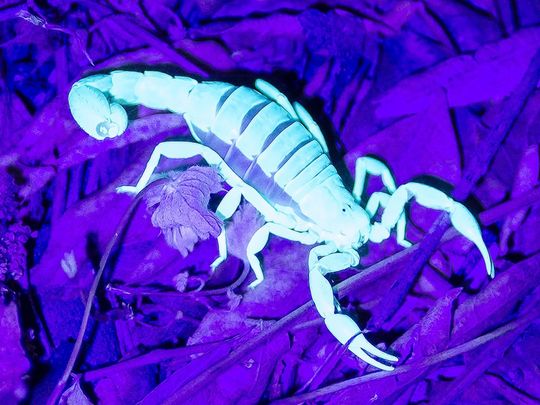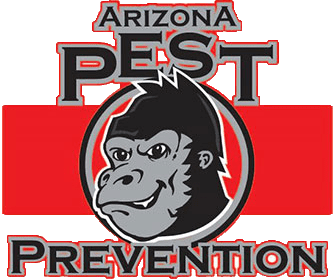Beware the bark scorpion: 5 ways to reduce your risk of being stung
Beware the bark scorpion: Ways to reduce your risk of being stung. Video by Nick Oza/azcentral.com
Arizona scorpions are out earlier than usual this year.
It’s not yet peak scorpion season, but already Arizonans are getting stung by the little critters. A wet January and a hot February mean the scorpions are out earlier than usual this year.
Of the 55 types of scorpions in Arizona, there’s only one that’s likely to cause severe medical problems. The problem child is the bark scorpion. It’s one of the smallest varieties, but it packs the biggest punch.
The bad news? The bark scorpion is also the most common type, and is frequently found in people’s homes. According to the National Park Service, the bark scorpion is also the most venomous in all of North America. The Poison and Drug Information Center at Banner-University Medical Center Phoenix has already dealt with 588 calls regarding scorpion stings. That’s a 46 percent increase from last year’s numbers.
By the time peak season rolls around in August, hospital officials say, they’ll be dealing with thousands of calls every month. For reference, the bark scorpion is light brown in color (allowing it to blend in well with the desert), reaches 2 to 3 inches in length at maturity and has long and slender tail segments and pincers. It also glows green under UV light.
Click HERE for full article at AZCentral.com

A scorpion glows under black light at Boyce Thompson Arboretum. (Photo: John Aho)
Originally published at: http://www.azcentral.com/story/entertainment/life/2016/03/02/arizona-bark-scorpion-safety-sting/81106696/
